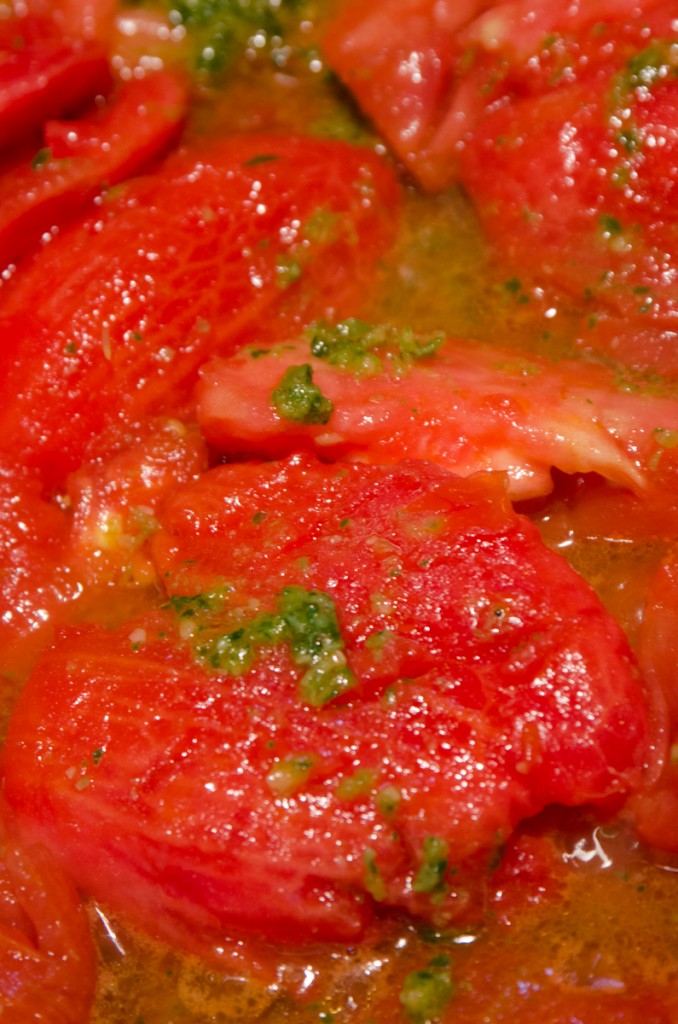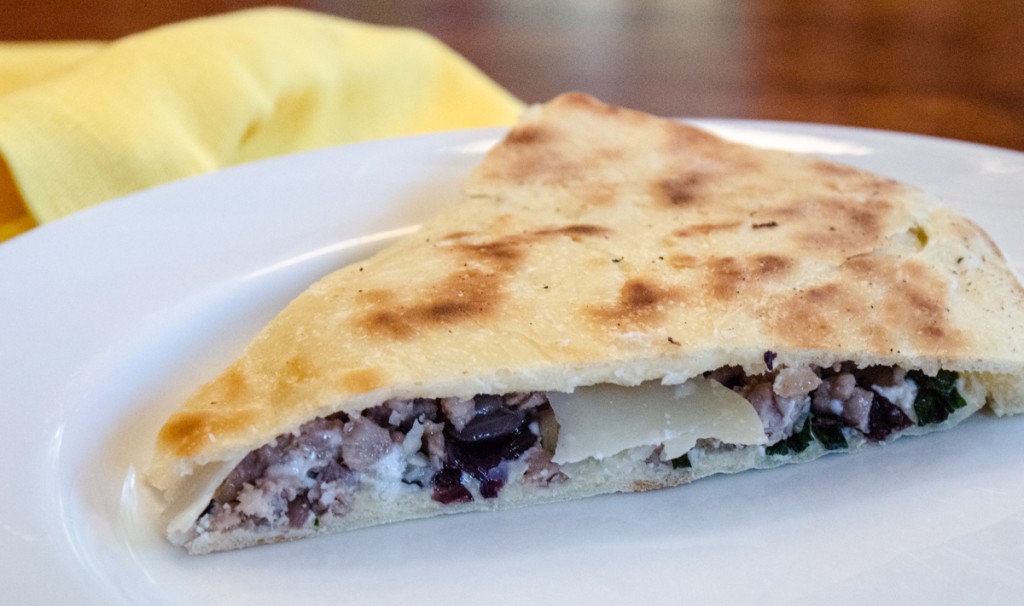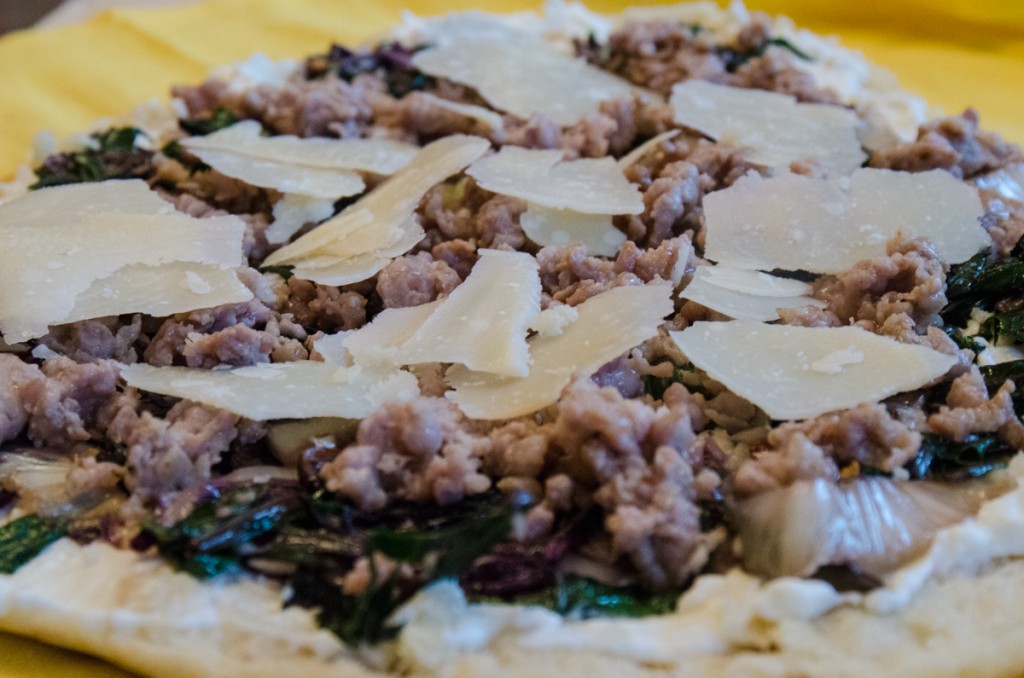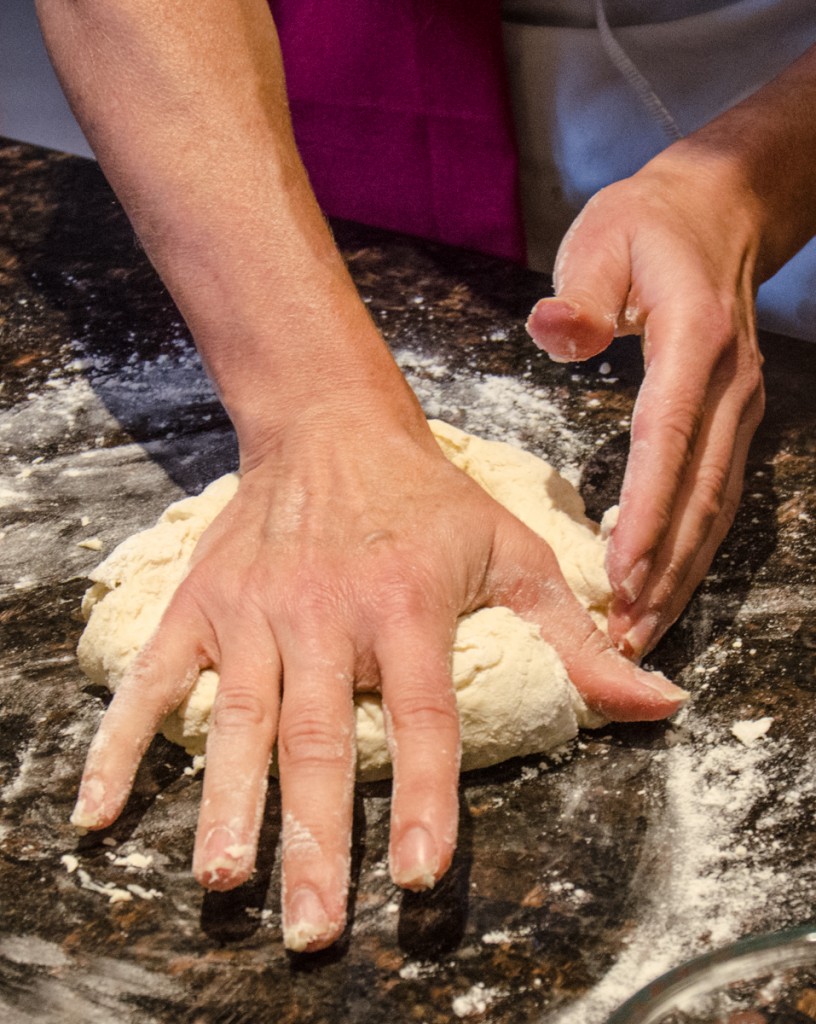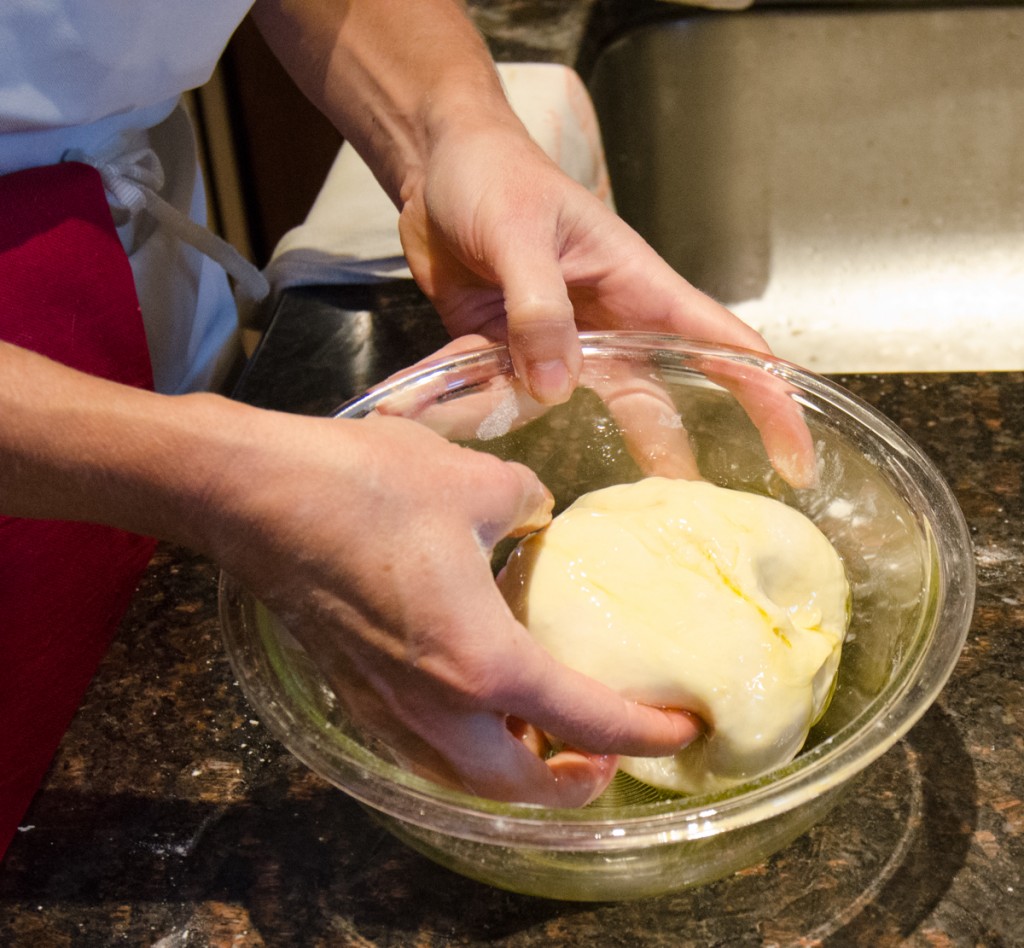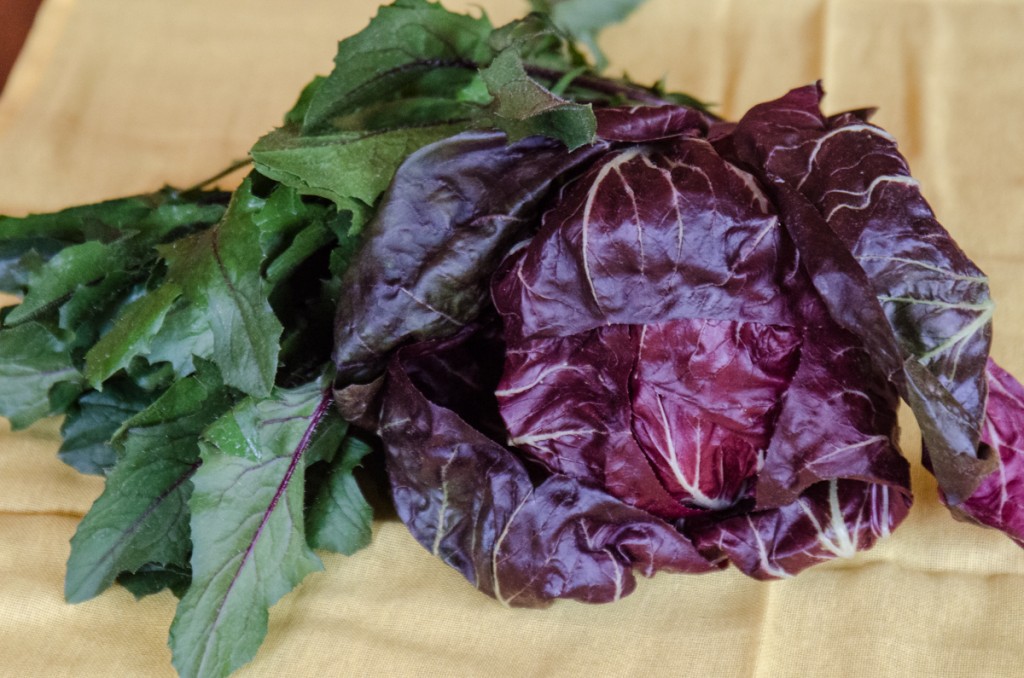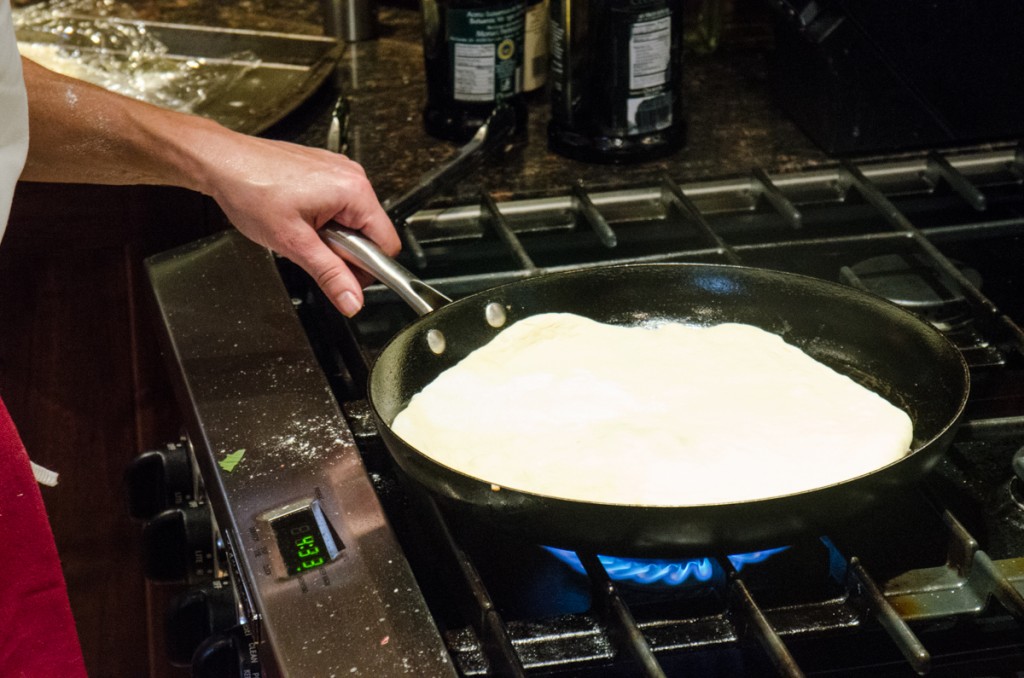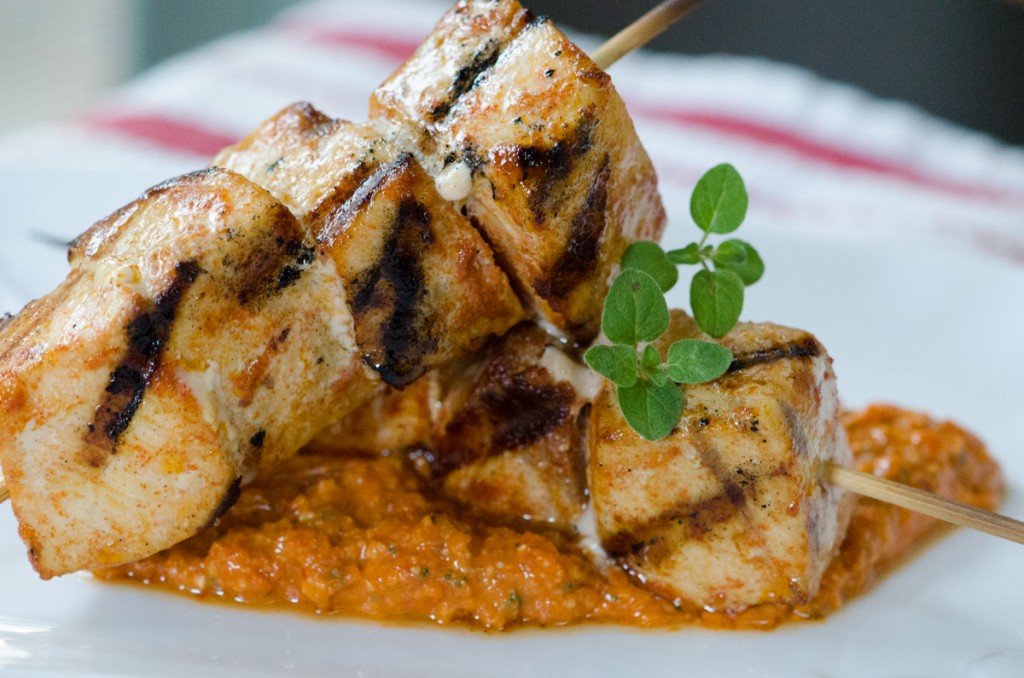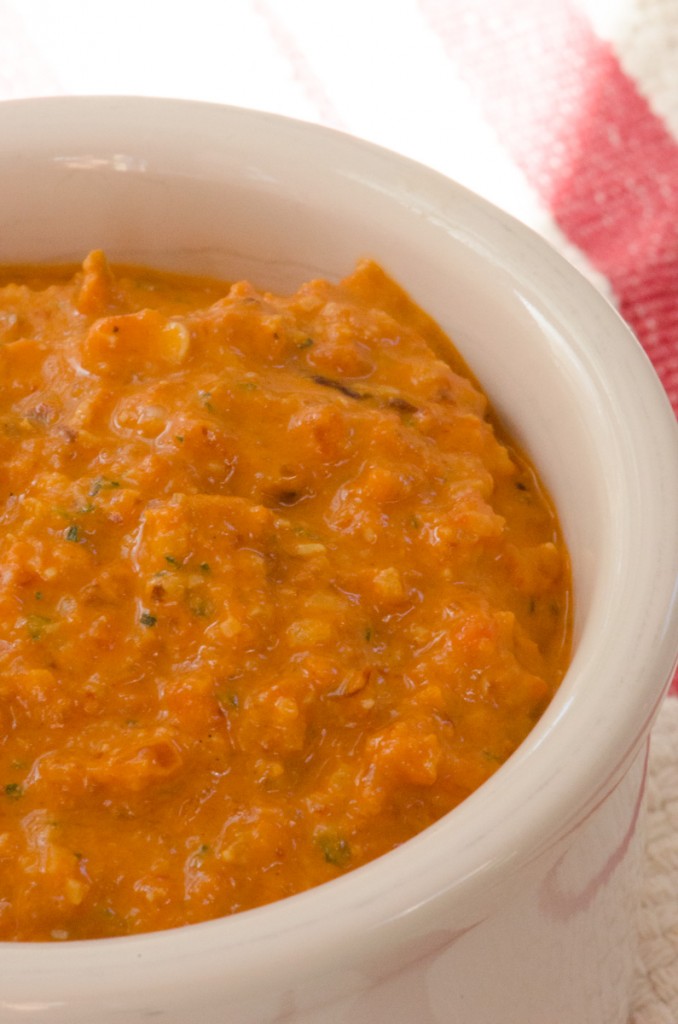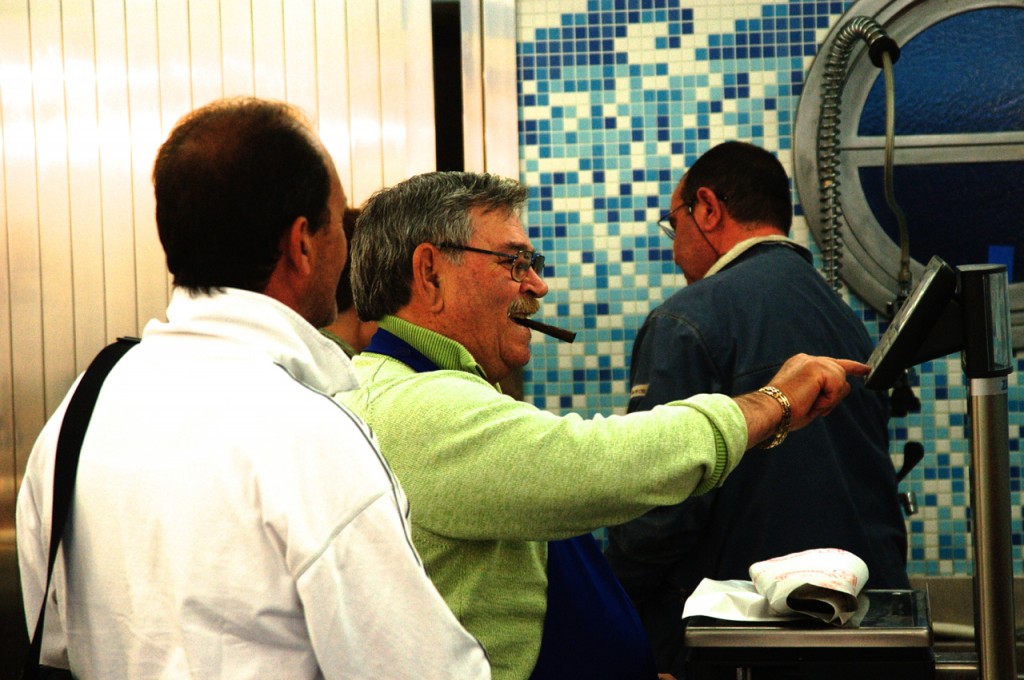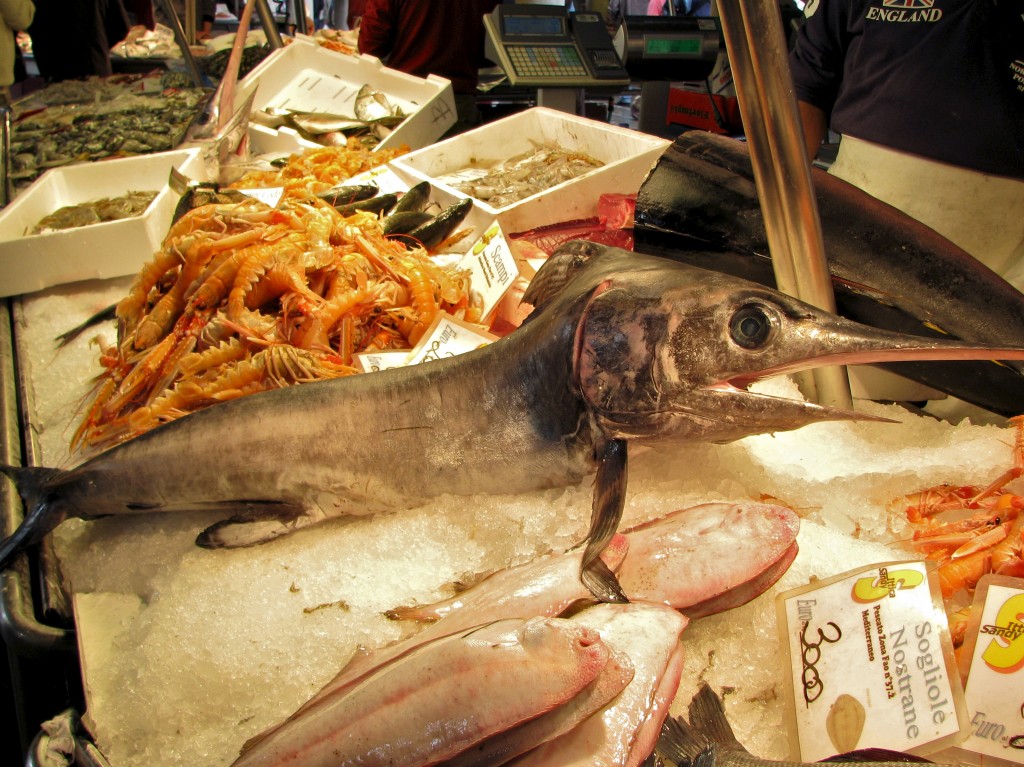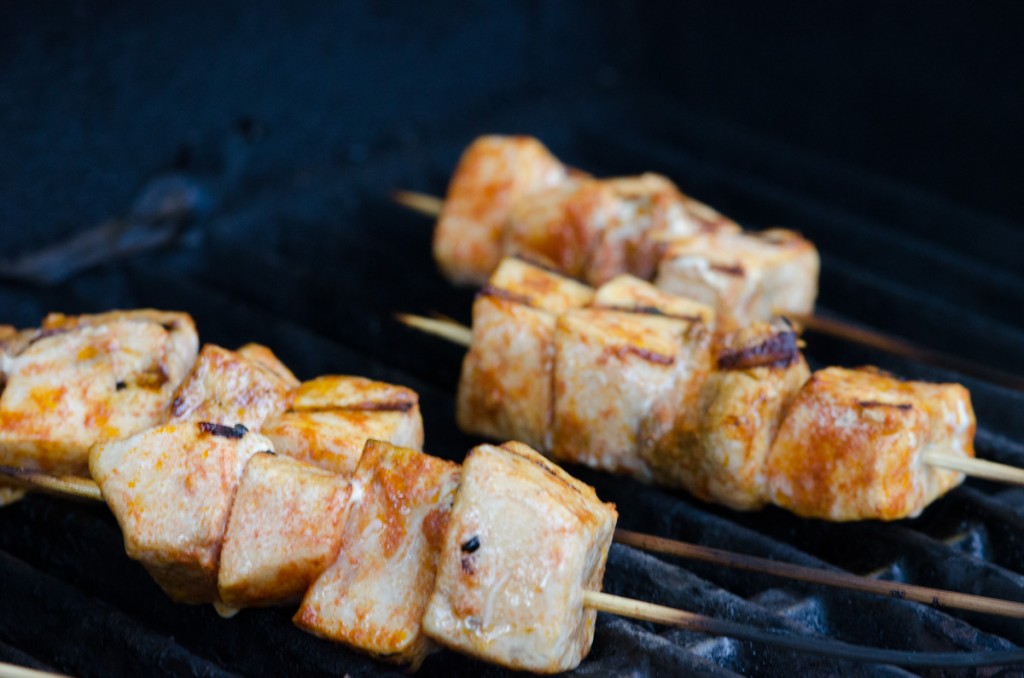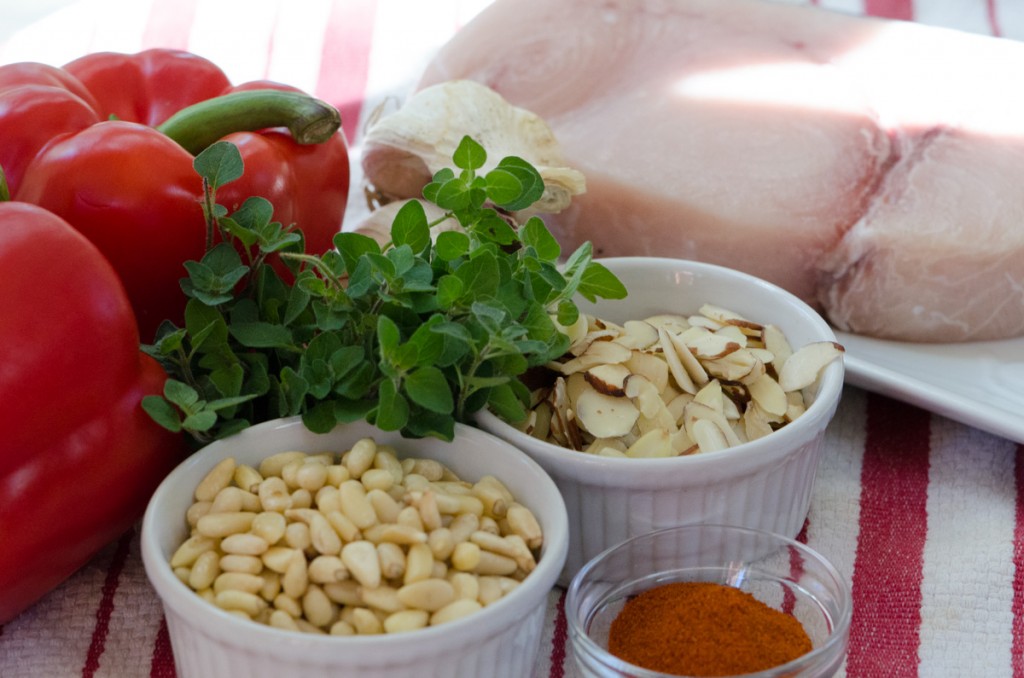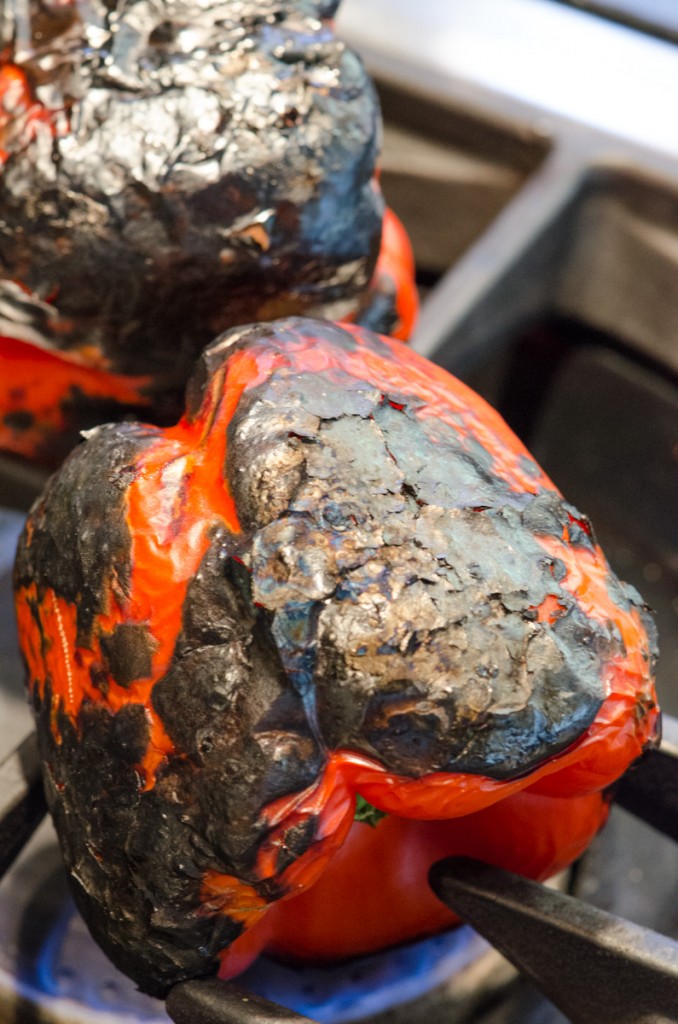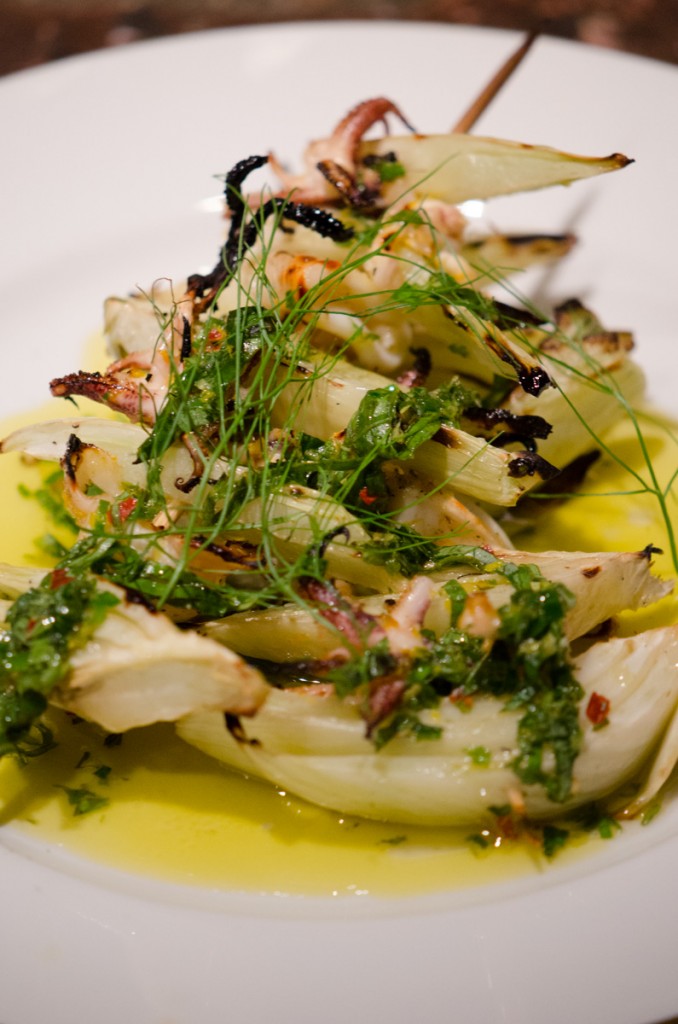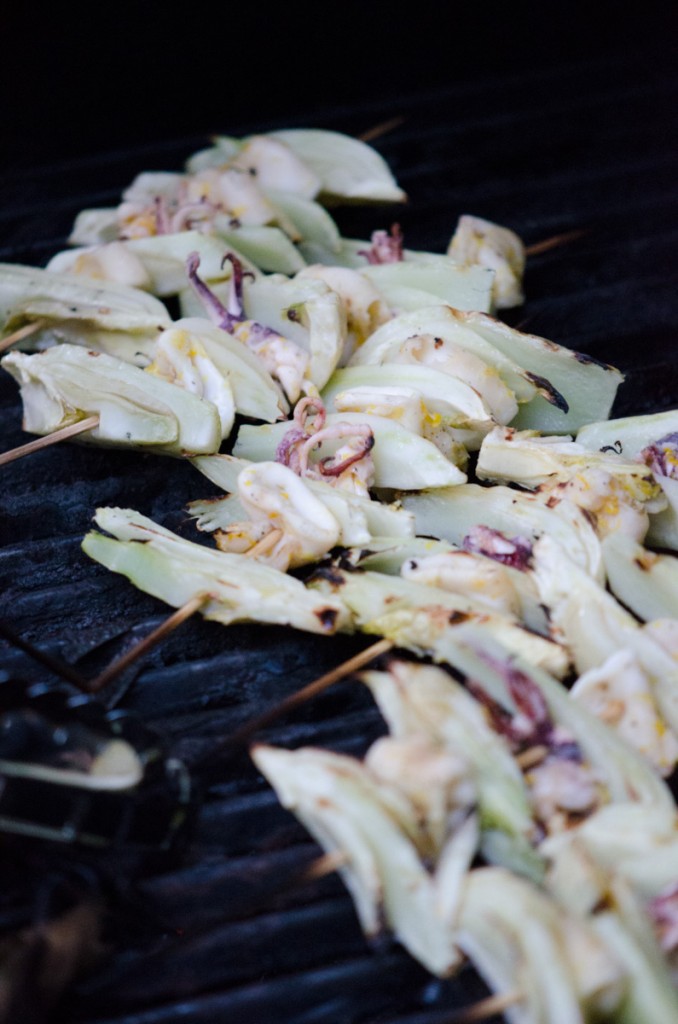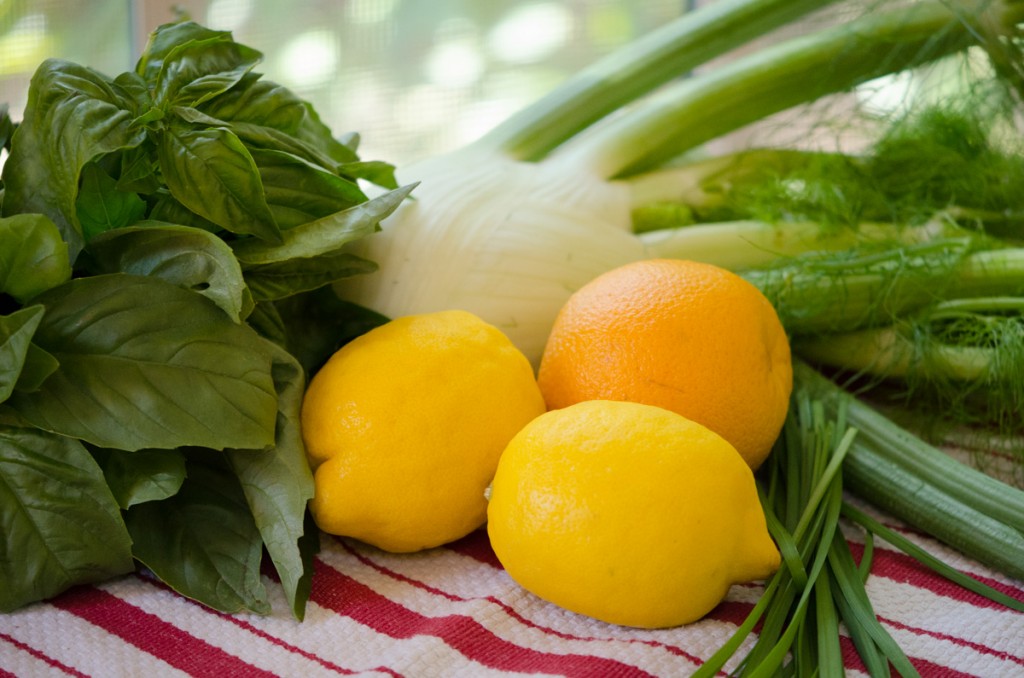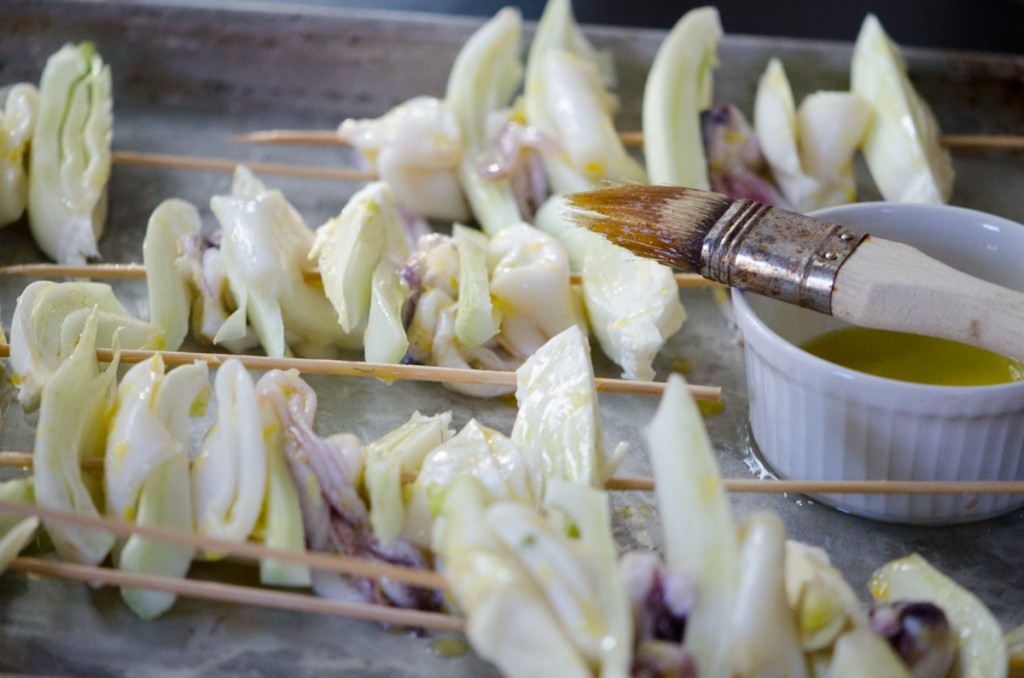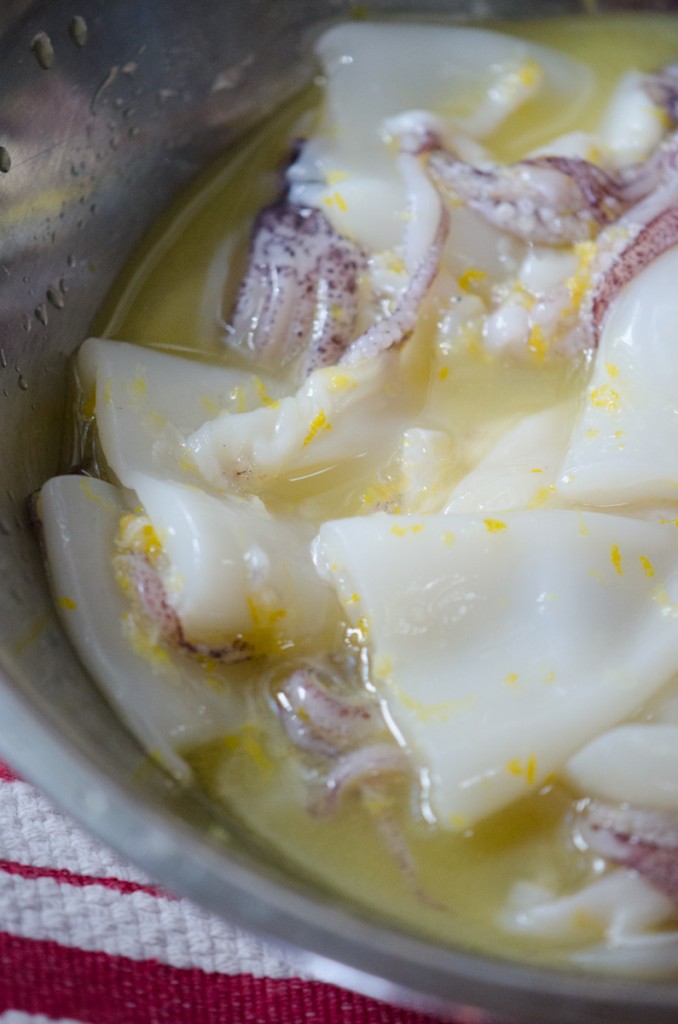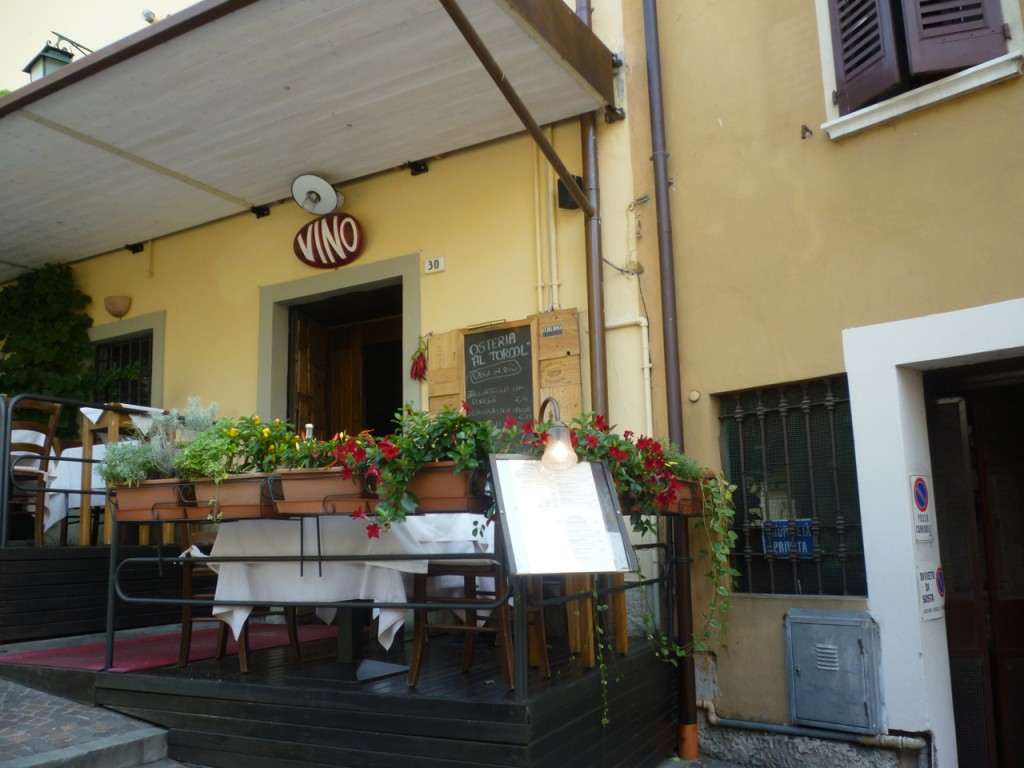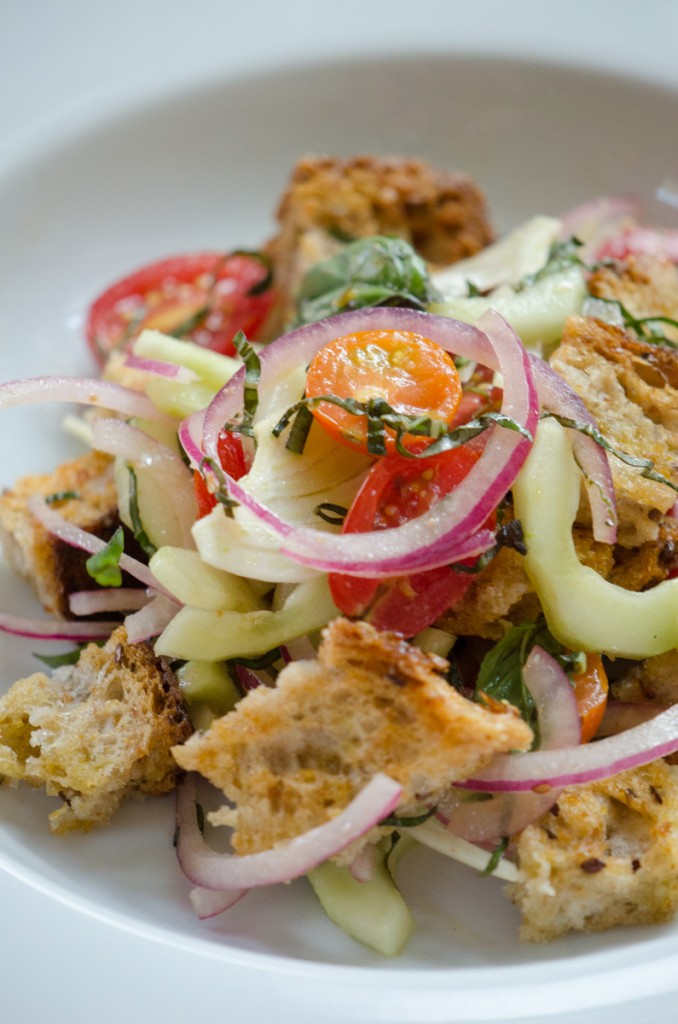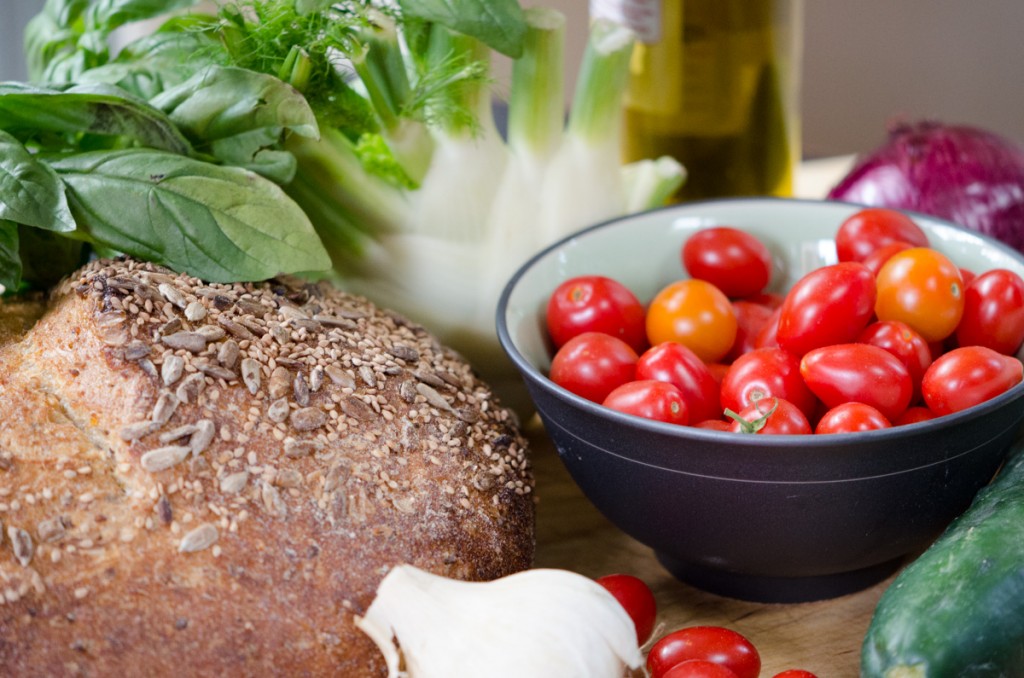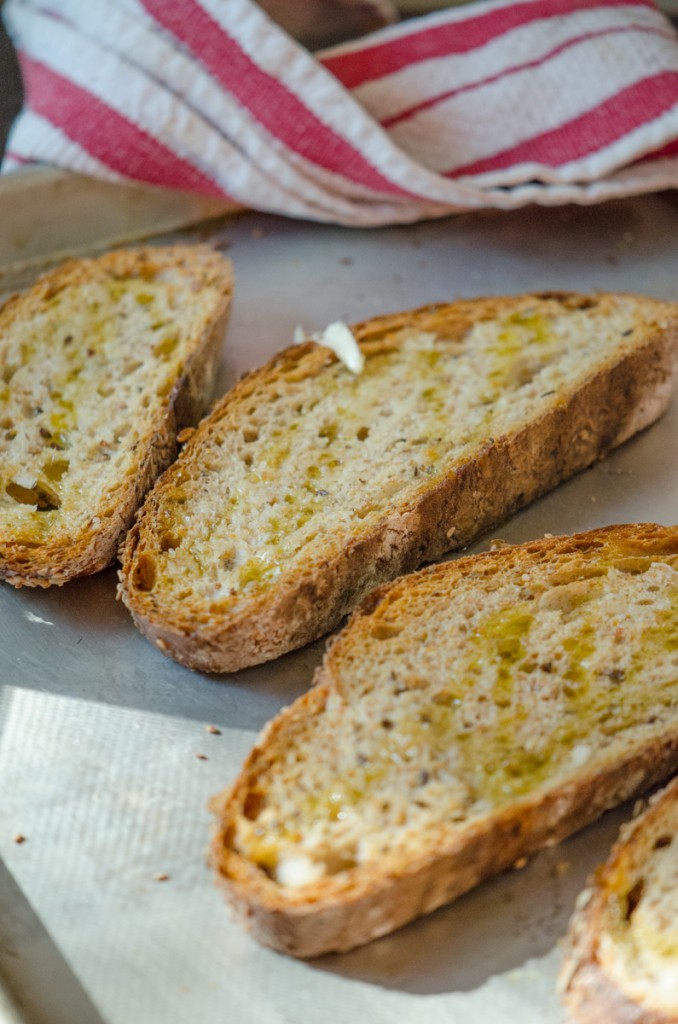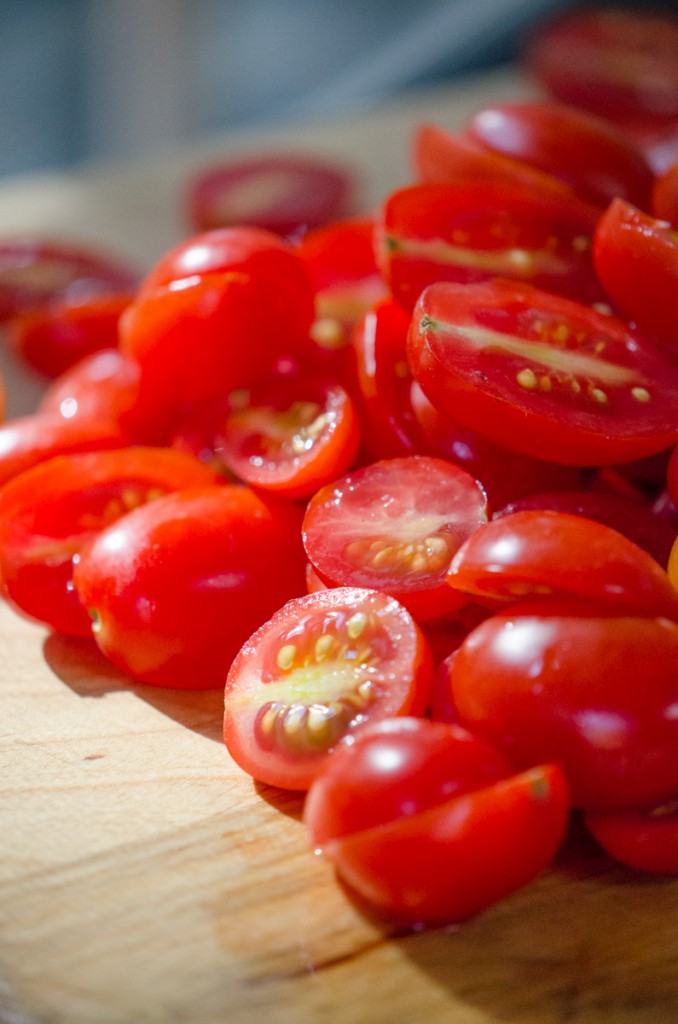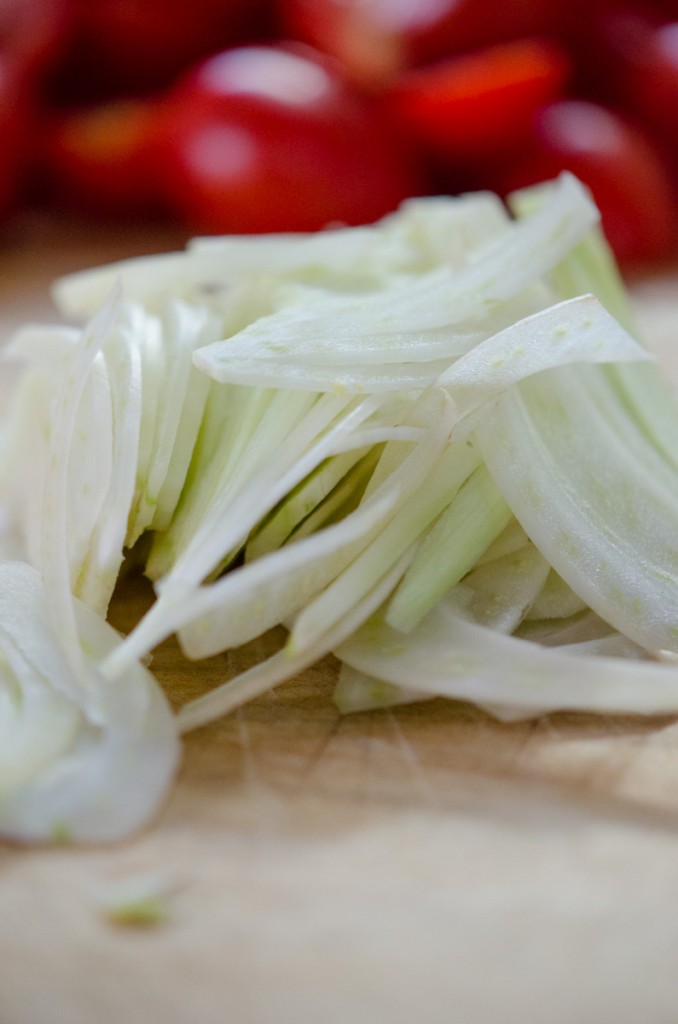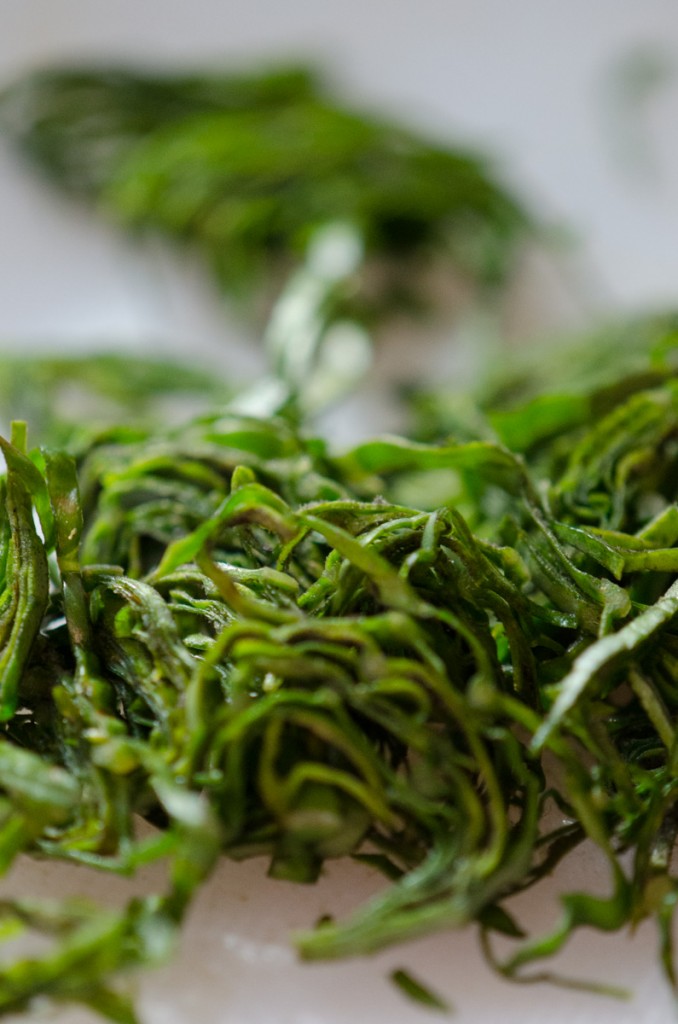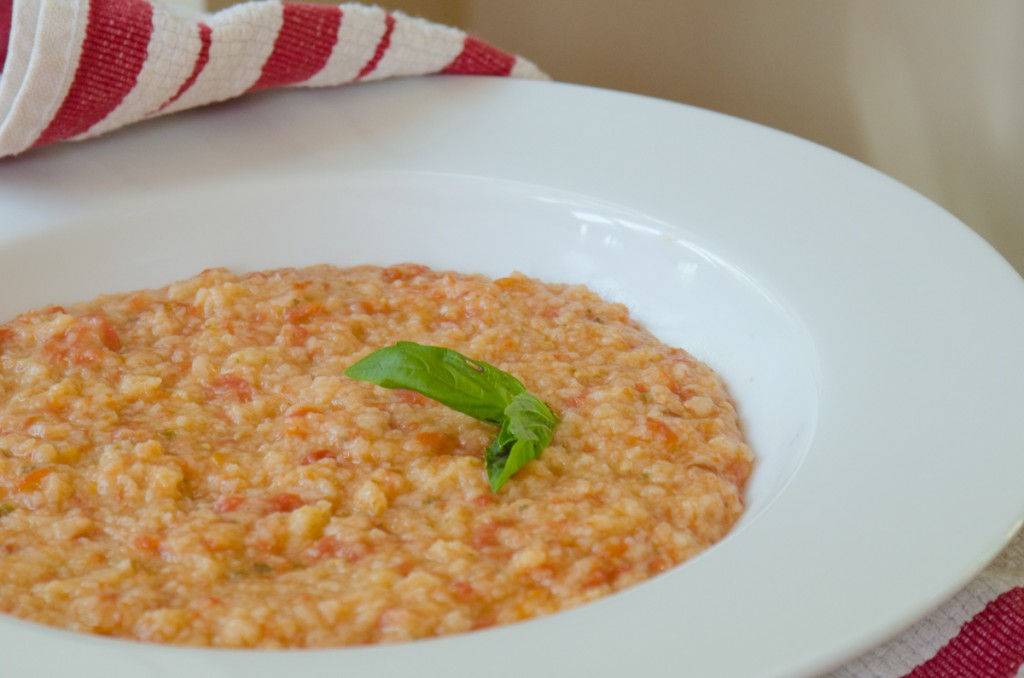 We see many bread based dishes on our cycling tours in Umbria and Tuscany. Here, bread is not often enjoyed alone, but worked into a dish. I covered one of these recipes, the great summer salad made from tomatoes and bread, panzanella. Today, I am introducing another, the Tuscan soup Pappa al Pomodoro.
We see many bread based dishes on our cycling tours in Umbria and Tuscany. Here, bread is not often enjoyed alone, but worked into a dish. I covered one of these recipes, the great summer salad made from tomatoes and bread, panzanella. Today, I am introducing another, the Tuscan soup Pappa al Pomodoro.
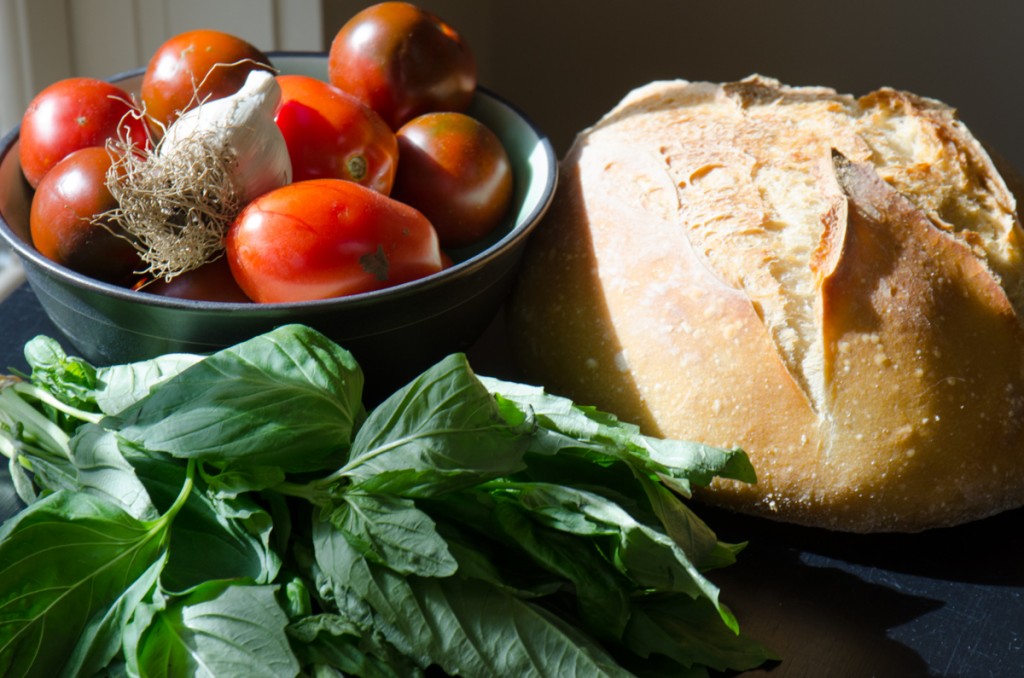 The history behind these dishes dates back to the 12th century, when the rulers of Pisa were at odds with the rulers of Florence, and cut off their supply lines from the coast. This made salt prohibitively expensive. The Florentines, unwilling to cave to the pressure, simply began making their bread without it. Hence, Pana Toscano was born – Tuscan bread, made without salt.
The history behind these dishes dates back to the 12th century, when the rulers of Pisa were at odds with the rulers of Florence, and cut off their supply lines from the coast. This made salt prohibitively expensive. The Florentines, unwilling to cave to the pressure, simply began making their bread without it. Hence, Pana Toscano was born – Tuscan bread, made without salt.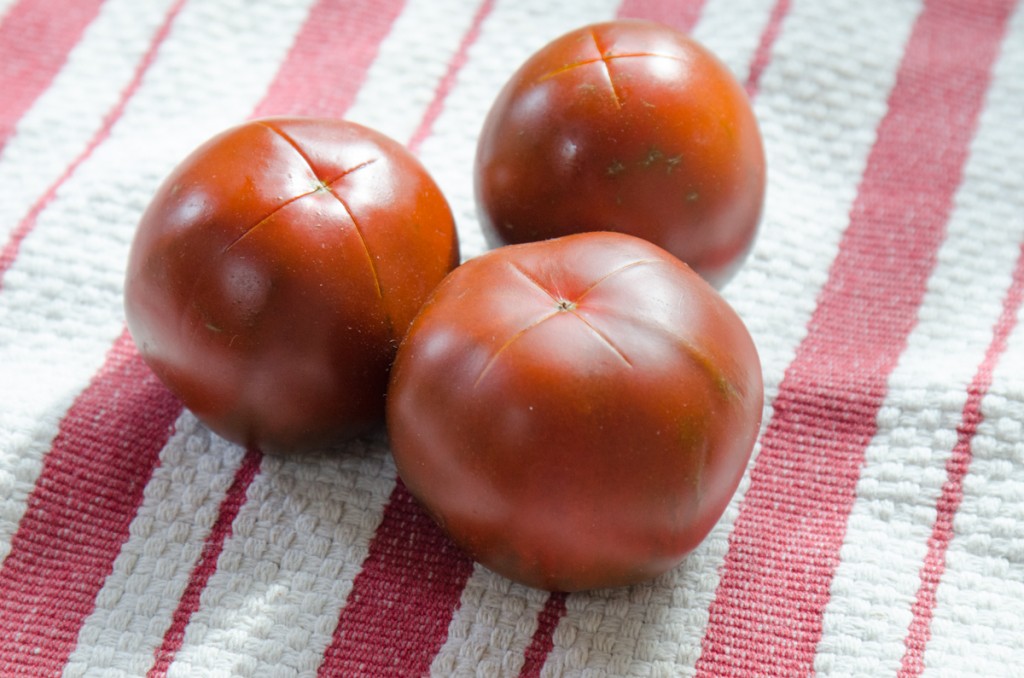 This tomato soup is a dish of poor peasant origin (cucina povera), typically Tuscan, from the Siena area. It is a very simple recipe, made stale bread, tomatoes, garlic, basil and plenty of extra virgin olive oil. Given it’s simple ingredients, the ingredients must be of top quality. No using bland, hard hothouse tomatoes. But in early September, the markets are full of wonderful fresh heirloom tomatoes. I used a combination of varieties I picked up at my local farmer’s market. If I were to attempt this in winter, I’d used some good quality canned tomatoes, maybe with the addition of some oven roasted cherry tomatoes.
This tomato soup is a dish of poor peasant origin (cucina povera), typically Tuscan, from the Siena area. It is a very simple recipe, made stale bread, tomatoes, garlic, basil and plenty of extra virgin olive oil. Given it’s simple ingredients, the ingredients must be of top quality. No using bland, hard hothouse tomatoes. But in early September, the markets are full of wonderful fresh heirloom tomatoes. I used a combination of varieties I picked up at my local farmer’s market. If I were to attempt this in winter, I’d used some good quality canned tomatoes, maybe with the addition of some oven roasted cherry tomatoes.
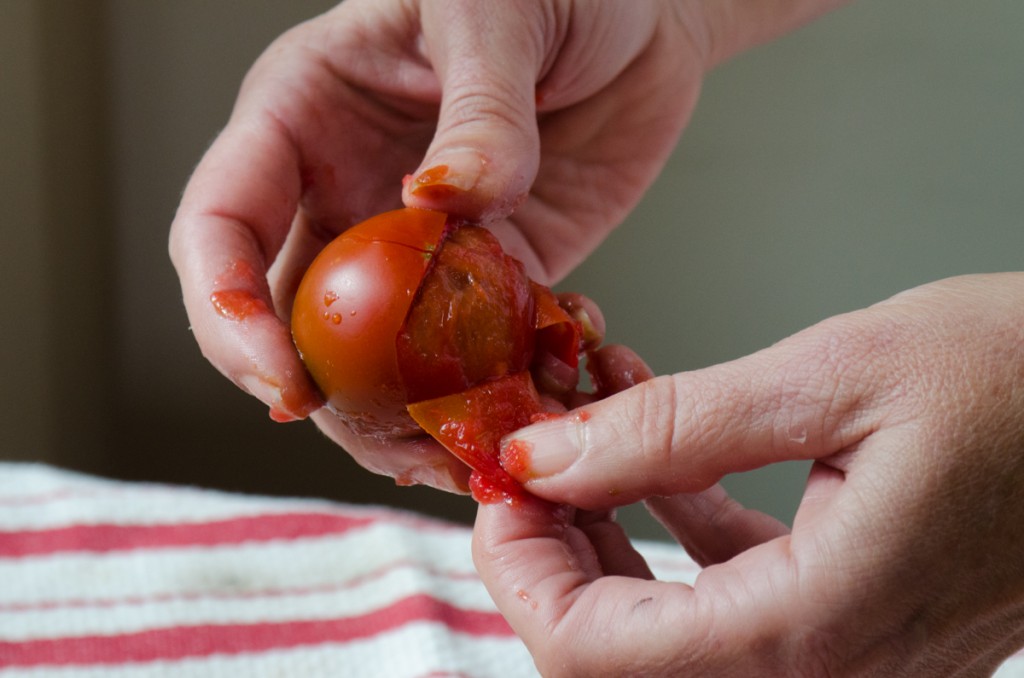 The Italian word Pappa translates to mush, or baby food. That pretty much describes the consistency of the finished product; a porridge that can be eaten at any age. But with amazing tomatoes, fresh basil and high quality olive oil, the flavor is anything but bland!
The Italian word Pappa translates to mush, or baby food. That pretty much describes the consistency of the finished product; a porridge that can be eaten at any age. But with amazing tomatoes, fresh basil and high quality olive oil, the flavor is anything but bland!
2 pounds mixed fresh local tomatoes
1/2 cup high quality extra virgin olive oil
3 garlic cloves, minced
10 basil leaves, chopped
4 thick slices country style bread, crusts removed
Kosher salt and freshly ground pepper
With a sharp knife, cut a small X on the bottom of each tomato, just piercing the outer skin. Bring a medium saucepan filled with water to boil over high heat. Place the tomatoes in the boiling water and cook for 45 seconds or so. Remove from water.
When the tomatoes have cooled, you can slide the skin right of. Using your fingers, remove the seeds from the tomatoes.
Heat the olive oil in a large saucepan over medium high heat. Add the garlic mixture and basil (this is also a good recipe to use a frozen cube of pesto from your freezer). Add the tomato pulp, and allow to cook for 20 minutes.
Break up the tomato pulp with a fork. Add the bread slices, cover with warm water, and continue to cook until the bread has turned to mush. Break everything up again with a fork, until blended. Season with salt and pepper
This is best if made in advance, and allowed to sit for several hours to a day. Store in the refrigerator if it will be sitting more than an hour before serving. Garnish with basil and serve.
